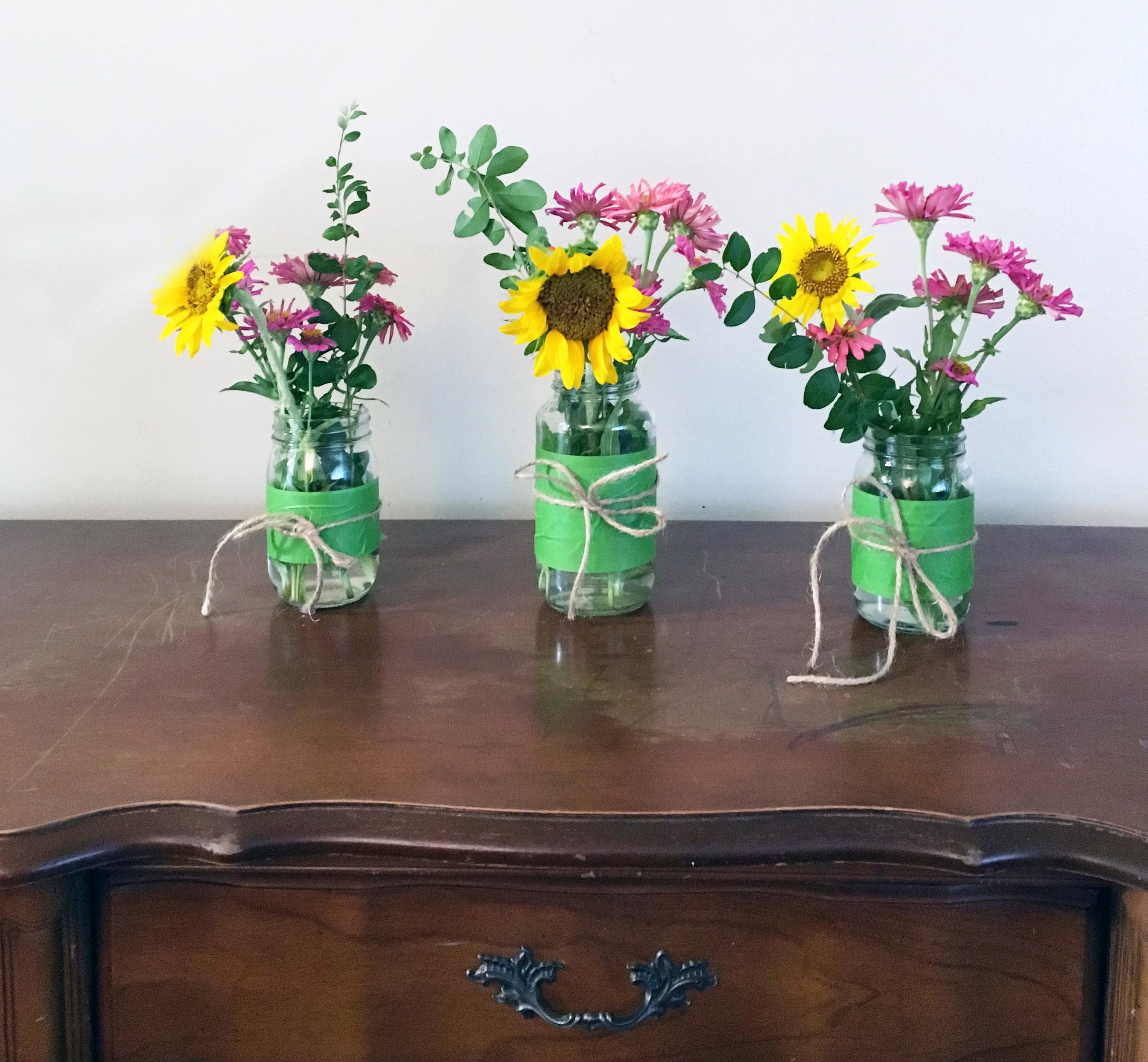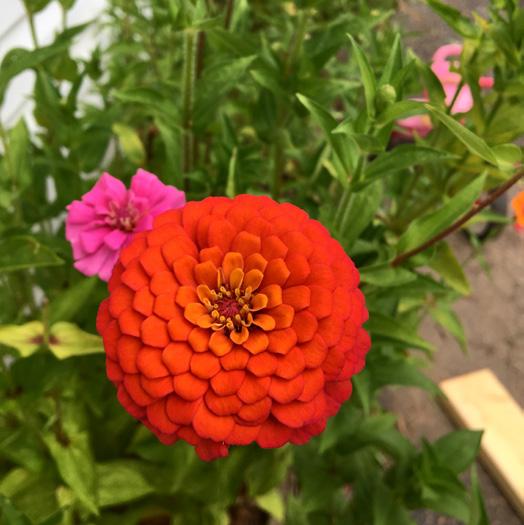
4 minute read
Seed Library
In February of 2019, the Greenville County Library System and Greenville County Soil and Water Conservation District (GCSWCD) joined forces to introduce the Upstate’s first Seed Library at the Sarah Dobey Jones Branch Library in Berea.
Community Relations Coordinator for GCSWCD, Shelby Cohen, shares that the Seed Library was created “to provide education on growing food, flowers, and native plants; increase local food production and promote healthy diets; and help preserve plant diversity with heirloom seeds.”

Shelby Cohen of Greenville Soil & Water Conservation District with the Seed Library.
The Seed Library houses over 60 varieties of seeds donated by Baker Creek Heirloom Seeds, High Mowing Organic Seeds, Seed Savers Exchange, Slow Food Upstate, and Sow True Seeds. The seeds are stored in packets featuring the name and variety of each seed; when to plant the seed; the amount of sun and shade needed; and spacing, planting depth, and days until harvest;— taking the guess work out of planting and care. Visitors to the Seed Library select up to ten seed packets, present their selections and their library card at the circulation desk, and take their seed packets home to plant and enjoy.
According to Cohen, last fall, the Greenville County Soil and Water Conservation District received a grant from Duke Energy that “has allowed for the expansion of the Seed Library”—incorporating a Pop-Up Seed Library which is making appearances at various library events and Bookmobile stops throughout Greenville County during 2020.

For individuals who still aren’t sure what to do with their seeds, Greater Greenville Master Gardener, Chair, Speakers Bureau, Ann Werner offers tips to help get those spring gardening plans underway. Werner suggests starting with a small and simple project, such as a small raised bed. “As with any beginner project, be kind to yourself,” Werner says.
Newer and experienced gardeners alike may want to begin by creating a visual plan. Werner advises, “Peruse your local nursery or garden magazine to find plants that appeal to you. Draw it on paper or in a gardening notebook.”
Adding organic material to your soil (such as compost, manure, or leaf mold) provides extra nutrients and improves water holding capacity. Adding organic material 1-2 times yearly supplies all the nutrients a plant needs to grow. Best practices used by Werner include knowing and adhering to a plant’s sun/shade requirements as well as applying 2 inches of mulch around plants, starting 2 inches away from the stems. This helps keep the soil cooler, reduces weeds, and deters pests. Consider drip irrigation which waters directly near the plants root zone. “Avoid use of strong herbicides or insecticides on your plantings, which can affect beneficial insects, birds, and butterflies,” she notes.
Warner advises regular monitoring as your seeds become plants with blooms. “Every one to two days do a walk around your plantings,” states Werner. “Pulling weeds, ‘dead-heading’ spent blossoms (removing the wilted flower heads from plants to encourage new growth), inspecting the top and undersides of the leaves for chew holes or small pests, and doing a ‘finger test’ to check whether watering is needed (stick your dry finger two inches into soil; water if your finger comes up dry).’’
“Have patience and enjoy your garden. Plants don’t grow overnight, and it pays to be patient. Take pride in the small things. A new bud or an open blossom can make your hard work worthwhile and break us into a smile. Allow plants ample time to be ‘show offs’ in your garden,” encourages Werner.
Visitors to the Seed Library don’t need to be Master Gardeners, however, to develop a green thumb. Library patron Elizabeth Diaz says the Seed Library has allowed her family to discover new food and plants for their garden.

The Diaz family
“We have a small family garden in our yard and each of the children have a small plot where they can choose what they grow,” Diaz states. “From watermelon to peanuts and okra to peppers— we have truly enjoyed discovering how things grow, taste, and smell from the Seed Library.”
She says the Seed Library has also led her family to grow a new kind of garden. “Because of the Seed Library, we decided to grow a pollinator garden. We loved seeing the butterflies and bees hovering around the blooms. It also turned into a double blessing because the zinnias we planted were so prolific we could make bouquets weekly to give out to family, friends, and neighbors.”
“We are very thankful for this program and hope it has encouraged others to learn, grow, and give back,” Diaz says.






